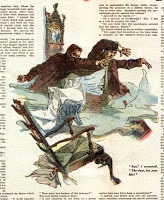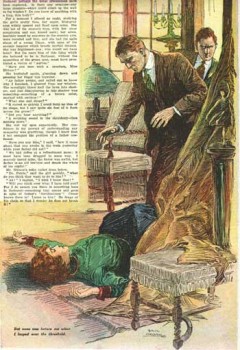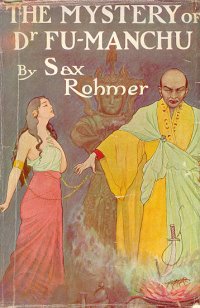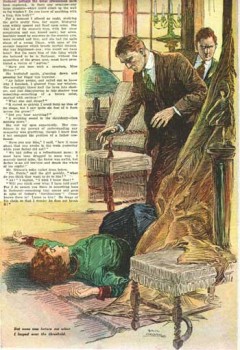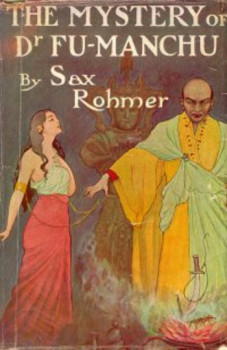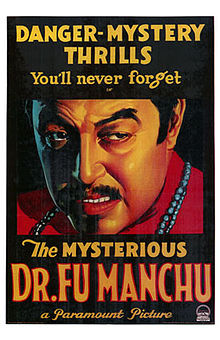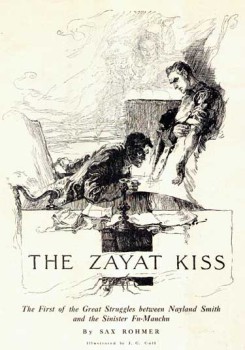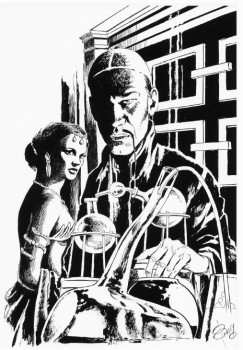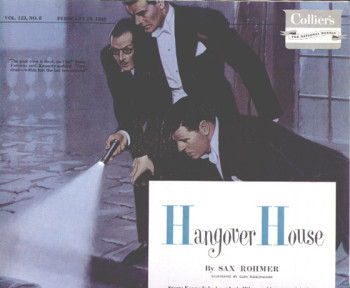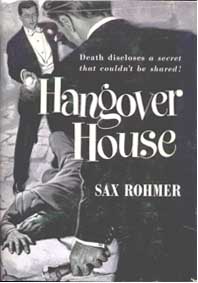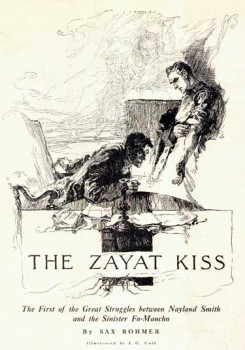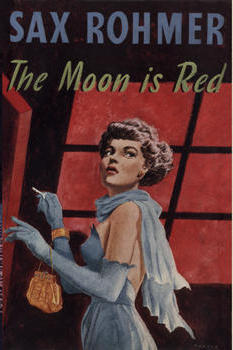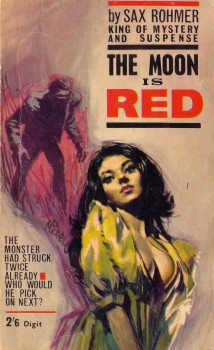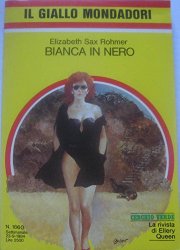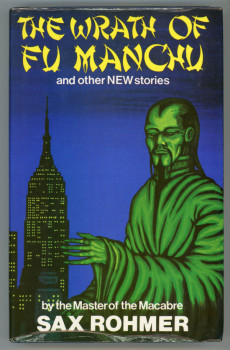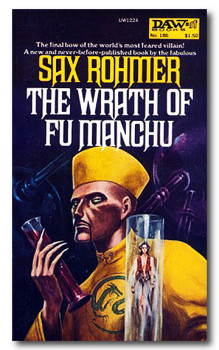Blogging The Insidious Dr. Fu-Manchu by Sax Rohmer, Part Six – “The Call of Siva”
NOTE: The following article was first published on May 2, 2010. Thank you to John O’Neill for agreeing to reprint these early articles, so they are archived at Black Gate which has been my home for over 5 years and 260 articles now. Thank you to Deuce Richardson without whom I never would have found my way. Minor editorial changes have been made in some cases to the original text.
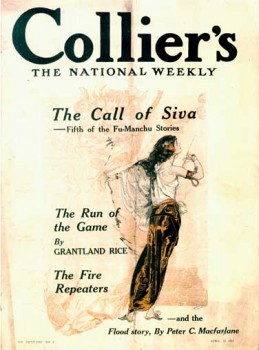
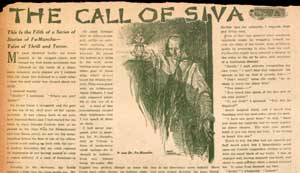 “The Call of Siva” was the fifth installment of Sax Rohmer’s serial, Fu-Manchu first published in The Story-Teller in February 1913. The story would later comprise Chapters 13-15 of the novel, The Mystery of Dr. Fu-Manchu (initially re-titled The Insidious Dr. Fu-Manchu for its U.S. publication). Rohmer had built several of his Fu-Manchu stories on protracted paranoia and had previously made good use of a Limehouse opium den as a setting, but “The Call of Siva” sees him letting his plotline be dictated by the altered state of the waking dreamer for the first time and to great effect.
“The Call of Siva” was the fifth installment of Sax Rohmer’s serial, Fu-Manchu first published in The Story-Teller in February 1913. The story would later comprise Chapters 13-15 of the novel, The Mystery of Dr. Fu-Manchu (initially re-titled The Insidious Dr. Fu-Manchu for its U.S. publication). Rohmer had built several of his Fu-Manchu stories on protracted paranoia and had previously made good use of a Limehouse opium den as a setting, but “The Call of Siva” sees him letting his plotline be dictated by the altered state of the waking dreamer for the first time and to great effect.
The story opens with our narrator, Dr. Petrie relating a strange dream which begins with him writhing on the floor in agony. Rohmer makes good use of Stygian darkness, Oriental tapestries, and Mohammedan paradise as suggestive imagery that Petrie’s queer dream, at once both mystifying and terrifying, is uniquely Eastern in origin. This point is confirmed as Petrie awakens with Nayland Smith as his cell mate. Only at this point does Rohmer resume something approaching a conventional narrative with Petrie’s murky recollection of he and Smith rushing to warn Graham Guthrie that he has been marked for assassination when they are abducted by unseen assailants from a passing limousine.
